Long Term Update | Super Takumar 50mm F1.4
An updated review after a few years of daily use (sample images provided)
This updated review comes from inspiration by
and his recent post about his copy of the Super Tak, you can find it here!READ ME: Discover why I highly recommend these vintage lenses for your collection! This review series focuses not on technical specs, but on the lens’ unique character, quirks, and my personal experiences with each.
2021 Impressions vs 2025 Summary:
[21 Impression]
This might be my favorite vintage lens — nay, my favorite lens. It’s rivaled closely by my Jupiter 21M 200mm F4 lens, but the 50mm focal length and close-ish focusing distance make the Takumar 50mm much more versatile. The gold glow is addictive too.
[25 Summary]
I have since found more lenses to rival this lens as “favorite”, but they are often much more niche in reality. For example, I shot our own wedding photos with my Zeiss Zebra 50mm (still needs a review of its own, oops!) and really loved its “hectic” bokeh. My Soviet Industar 50mm F2.8 gives me hands-down the best vintage “filmic” vibe, but is also pretty limited in other ways. The Super Takumar 55mm F1.8 rivals this lens much closer now as a general-purpose vintage lens, and my original assessment of that lens…has improved over time as well. For a while I was shooting a modern Voigtlander 50mm F1.2 and that lens felt the most similar/competitive to the SuperTak1.4. However, the Takumar still reigns as my default vintage lens recommendation. There is hardly any other lens that offers someone the ease of use, value, vintage bokeh/feel, unique warmth, and general purpose focal length like the Super Takumar 50mm F1.4 does.
One thing that’s become clear over time is how consistently the Super Takumar 50mm f/1.4 holds up in build quality. After years of regular use, the focusing ring is still buttery smooth, and the aperture clicks remain crisp and tactile — far better than many modern lenses after similar mileage.
Another point worth mentioning is that flare resistance is predictably poor by modern standards, and shooting into bright light sources can easily wash out contrast — but sometimes that dreamy softness is exactly what you want.
Long-term, one issue I’ve noticed is occasional stiffness developing in the aperture blades during cold weather. It hasn’t caused a failure yet, but it’s something to watch out for if you’re shooting in winter climates.
Size/Weight:
Quite small, the M42-Sony and M42-Canon adapters I’ve used are almost as large as the lens itself. Even so, it’s smaller than a modern Canon “nifty fifty”. A little heavy for its small size though, but the weight makes it feel solid and “real”, unlike some of the modern plastic lenses that feel like all they have is magic and air on their insides.
[25 Update:] I have found that the “cheaper feeling” Canon FD primes often do give a smaller/lighter package than the Takumars when the adapter is factored in, just something to consider if packaging is an issue. Also, the available adapters for the FD mount vs the M42 mount often create a seamless presentation, the M42 adapters sometimes feeling a bit clunkier.
Favorite Usage:
My favorite “walkaround” lens. Great for portraits and flowers too. I have yet to really get any street photography shots with the lens that I loved though. Will keep trying.
Issues:
My particular lens has an issue where the front element filter ring cap (idk the proper name, it’s not the lens cap) comes loose and needs to be rotated back into place. This seems to happen randomly and sometimes I also can’t get it back into place. There is no shooting effect on the lens itself, but it means that adding filters to the front of the lens is impossible as they flop around.
The famous golden glow from the radioactive glass element**. Turns a lot of light, especially natural sunlight, into a warm halo golden halo effect. It’s truly stunning at times.
Notable Features:
[EDIT: The always polite and helpful folks at “Vintage Lenses on Modern Cameras”, a FB group, have corrected me that this version is not actually the radioactive one I thought I had. The yellow glow, though, is still present for other reasons I do not otherwise understand, cheers.]
Usable Aperture Range:
Sharp even at F1.4, best range is F2-F4.
Bodies Used On:
Sony A6000, Sony A7iii, Canon R6, Canon R5, Leica SL, Leica CL, Pentax Spotmatic (film), Nikon ZF
Source: Gifted
My Price: Free
Average Price: $100 , edit: these prices have started going up, get one (and probably a backup too) while they’re still affrodable.
Sample Images
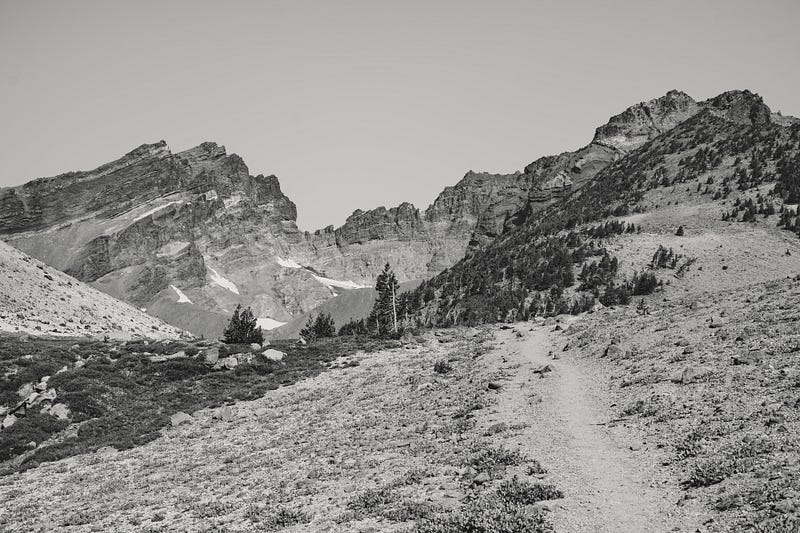
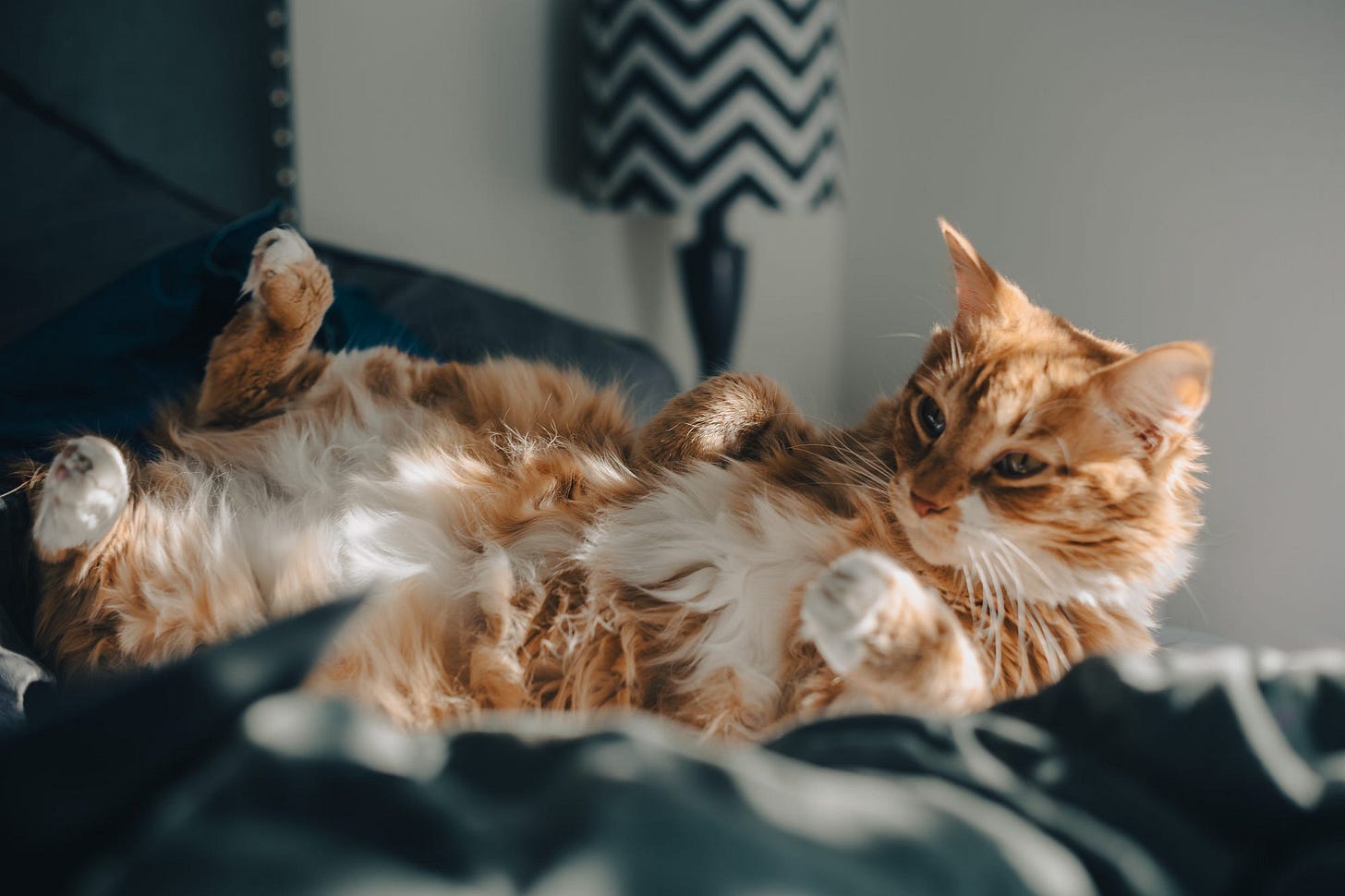



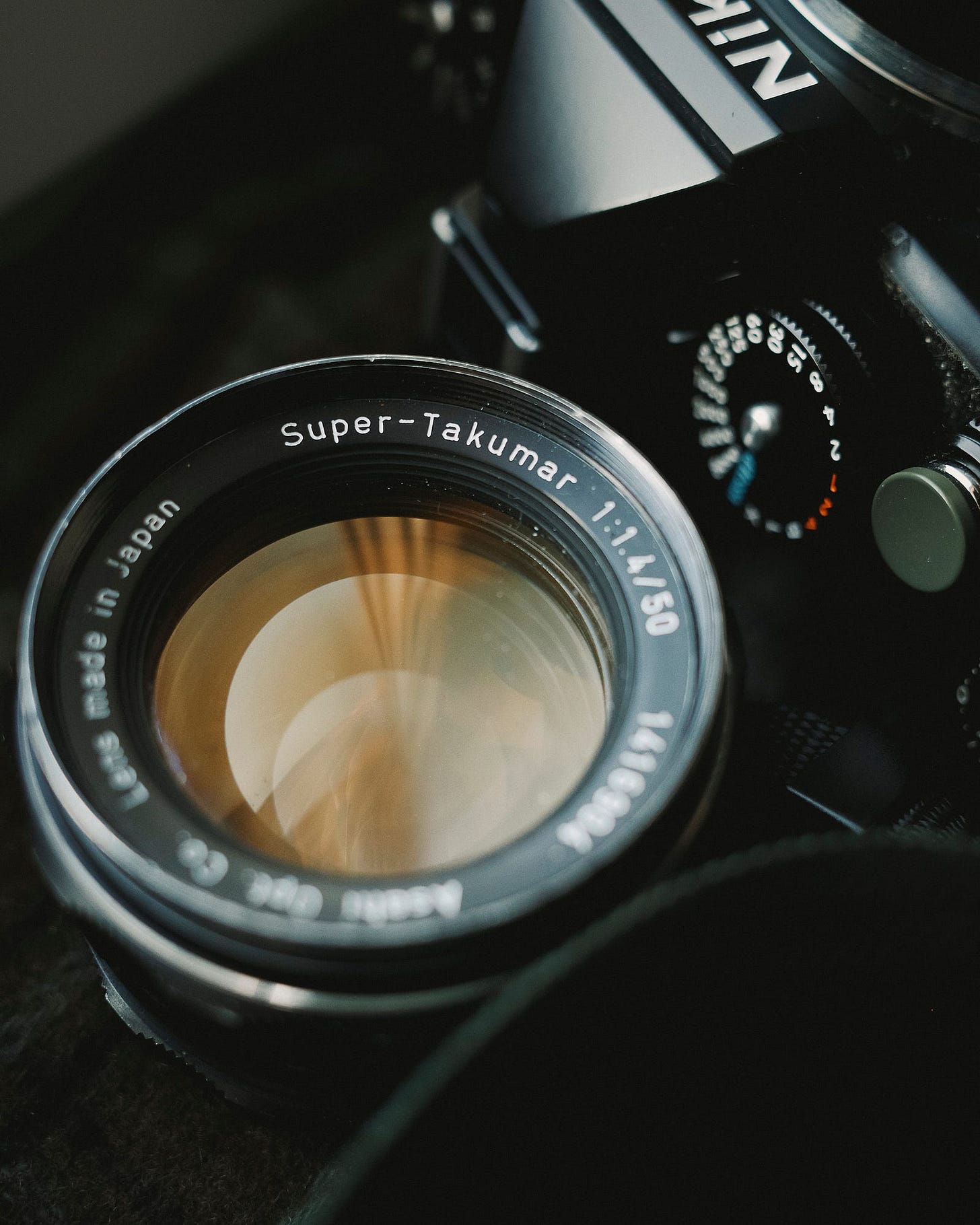

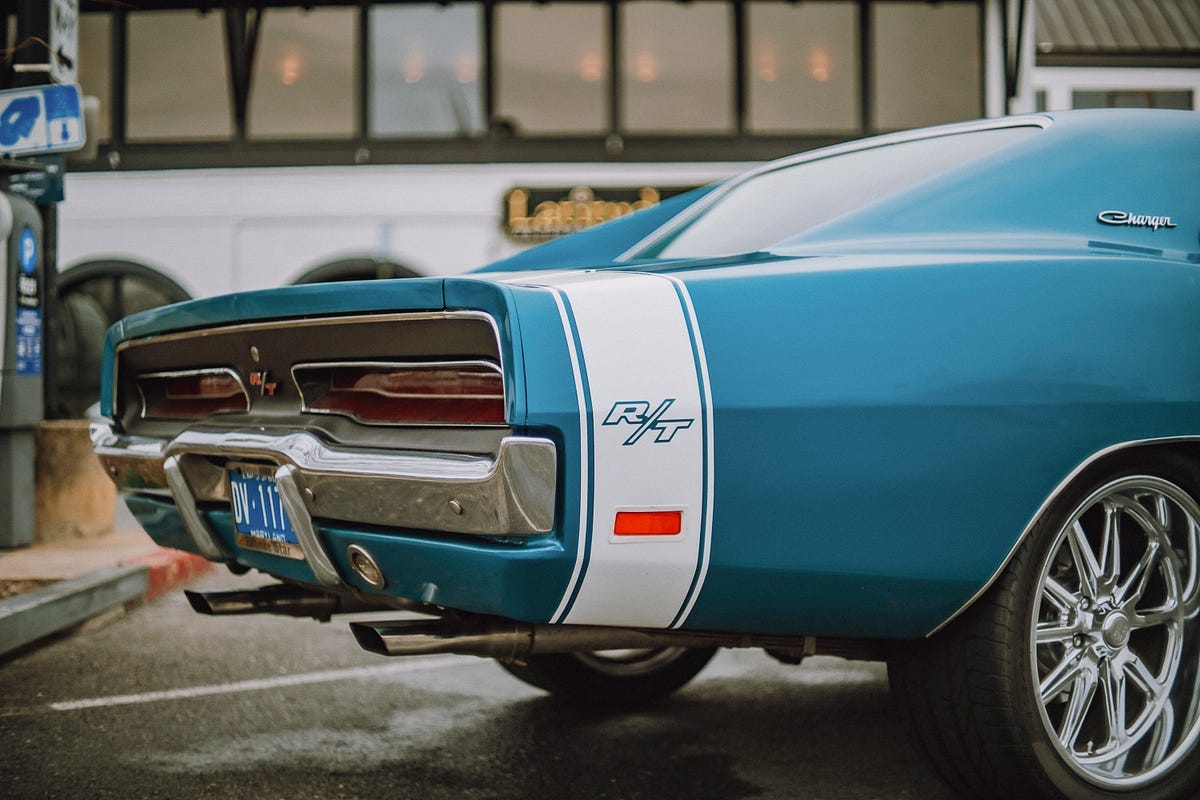
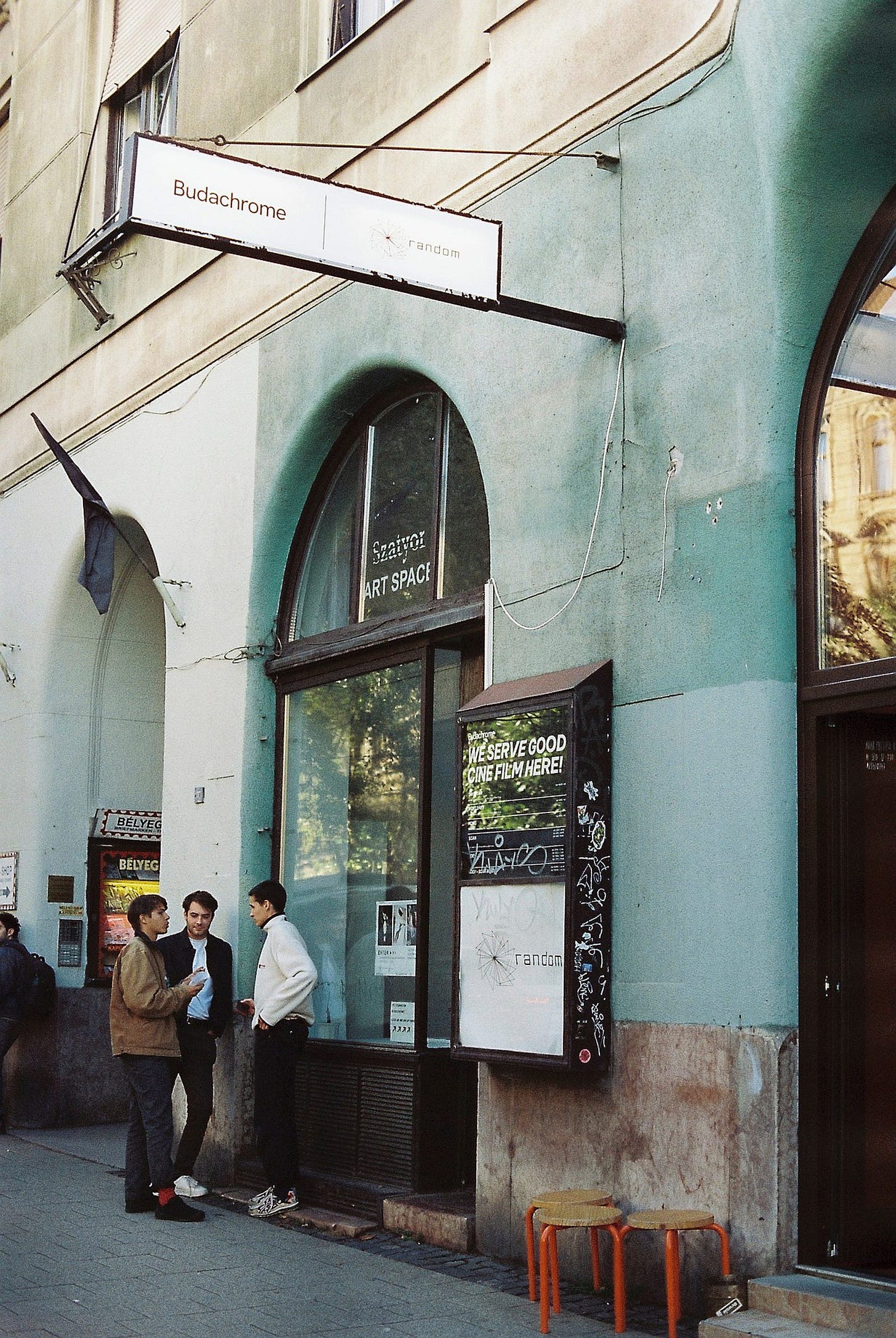
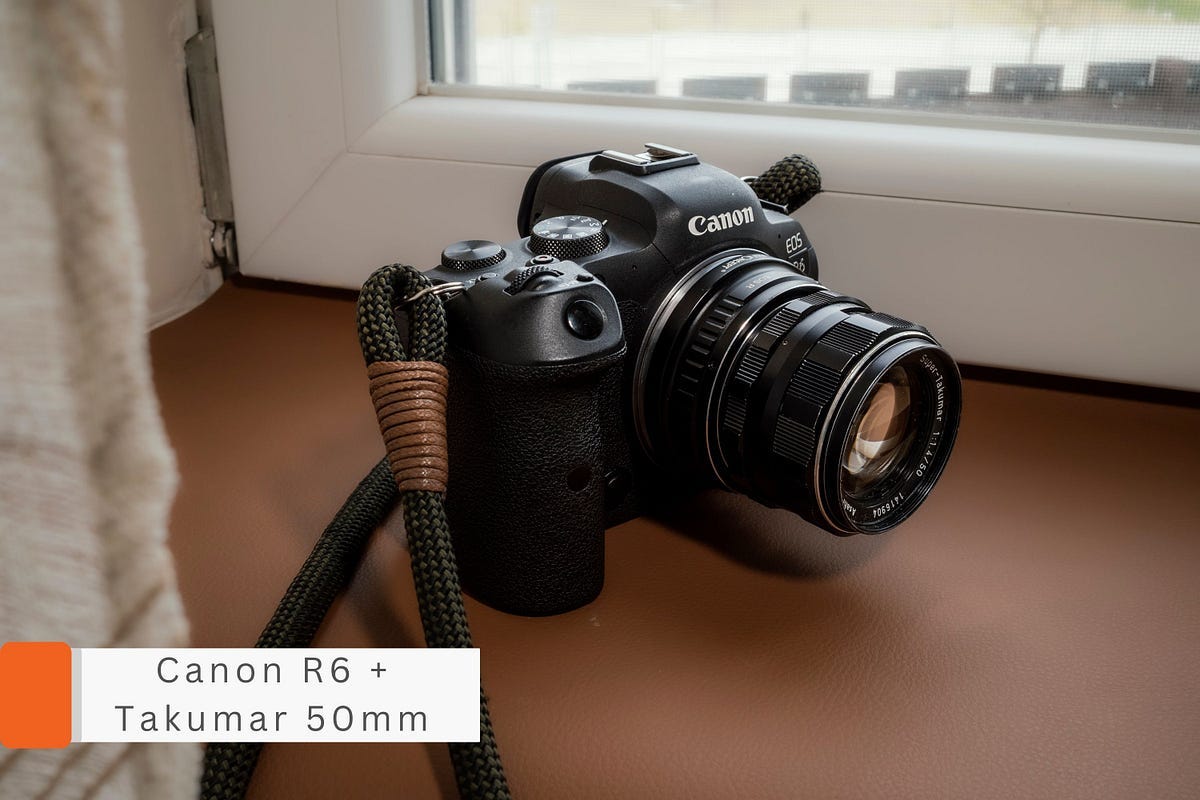
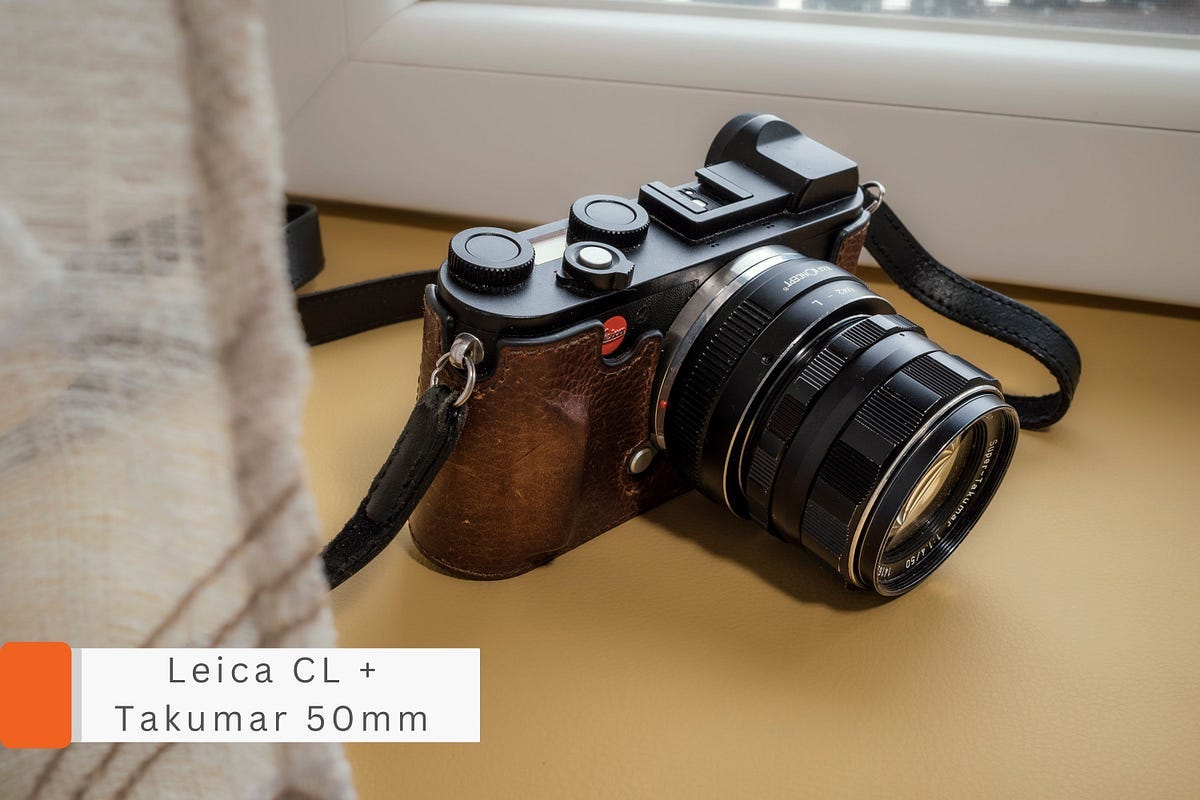
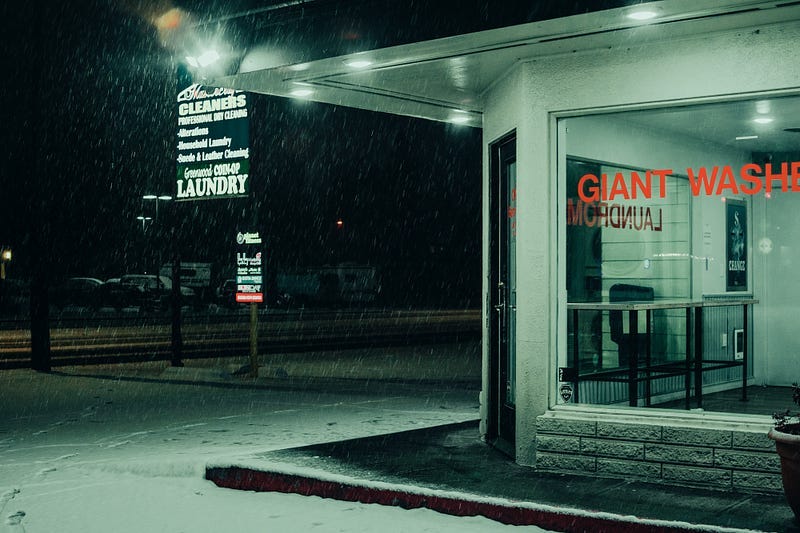
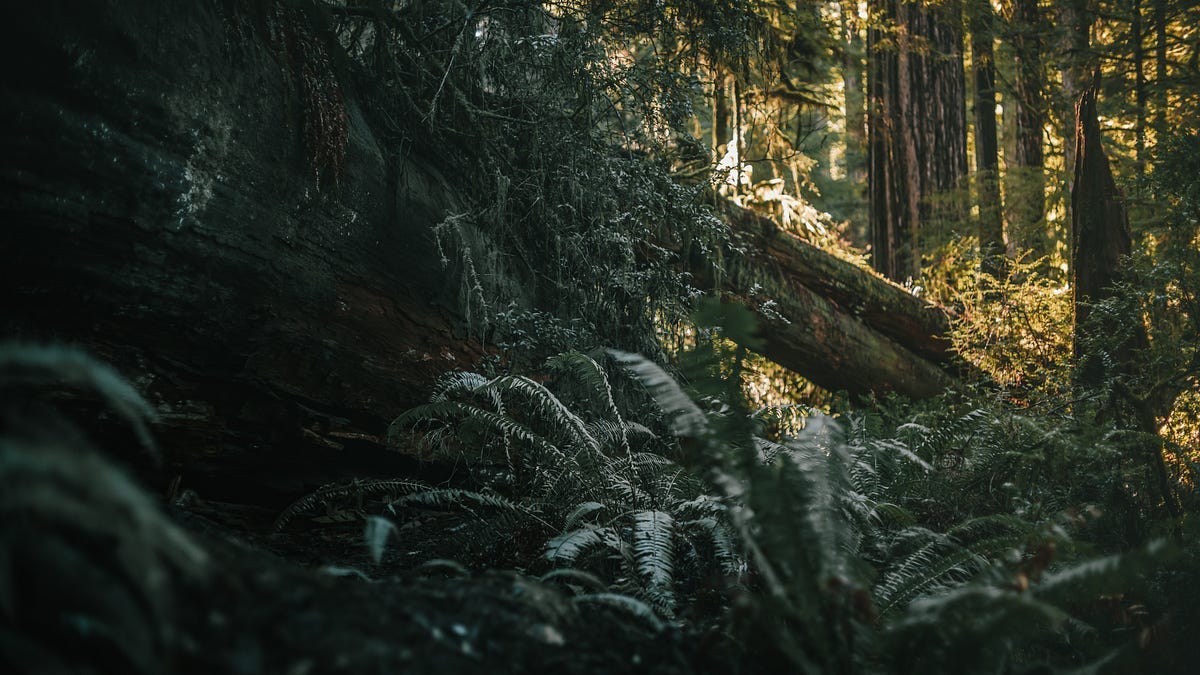
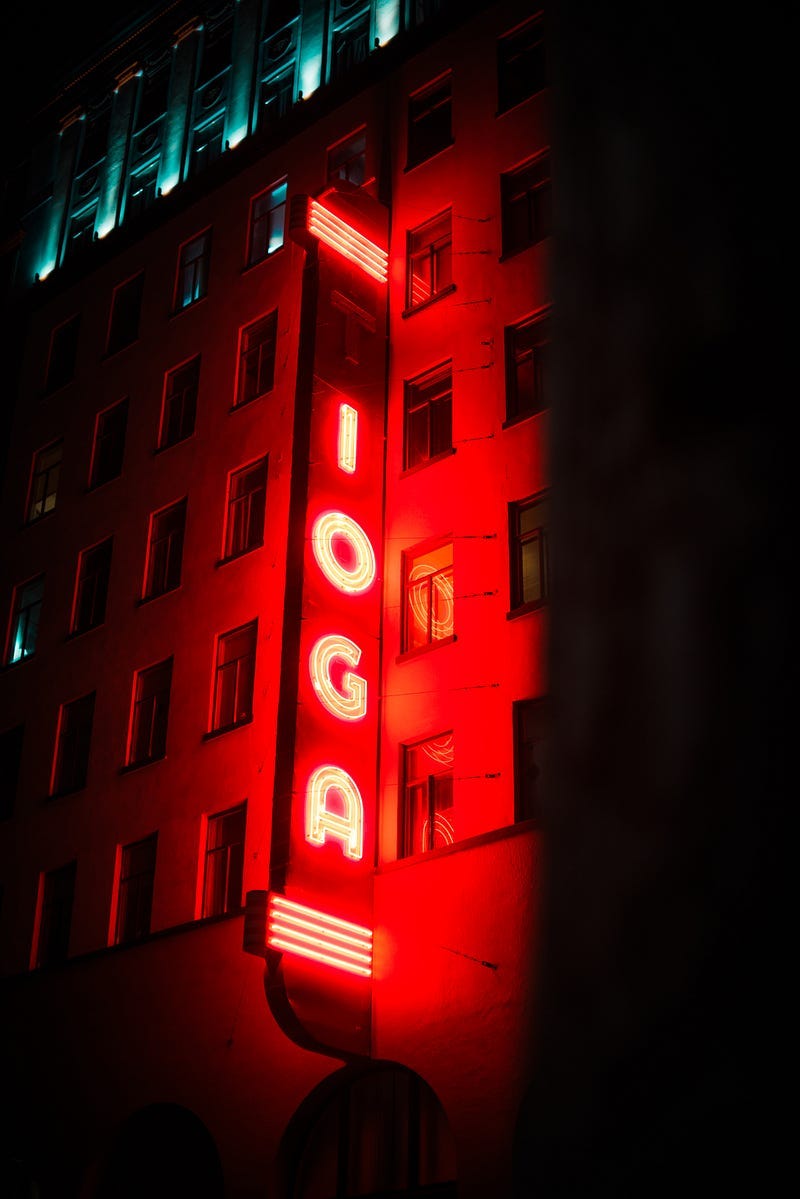
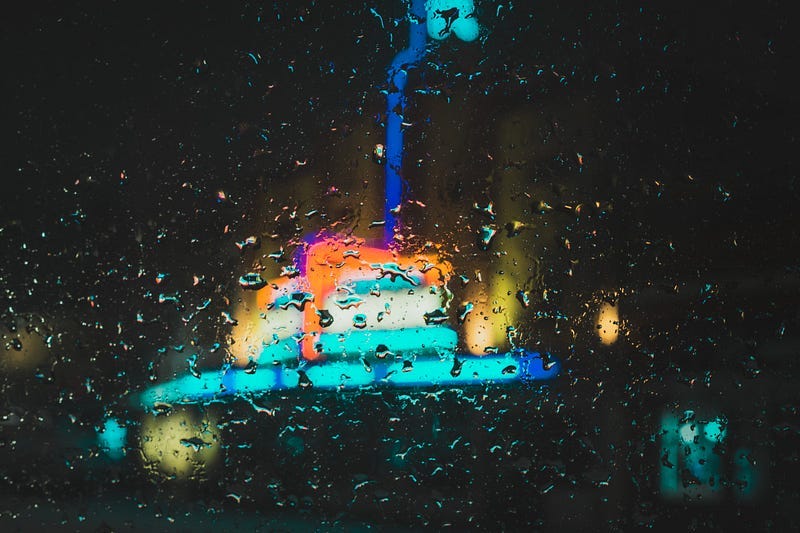
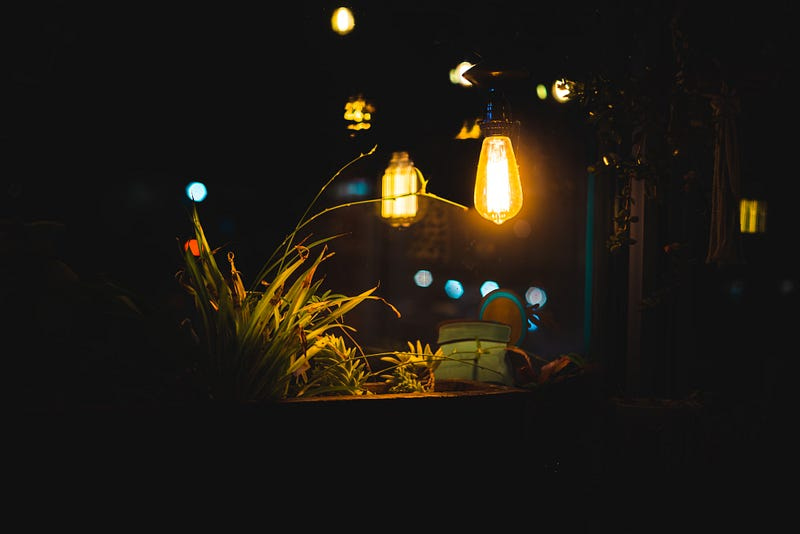

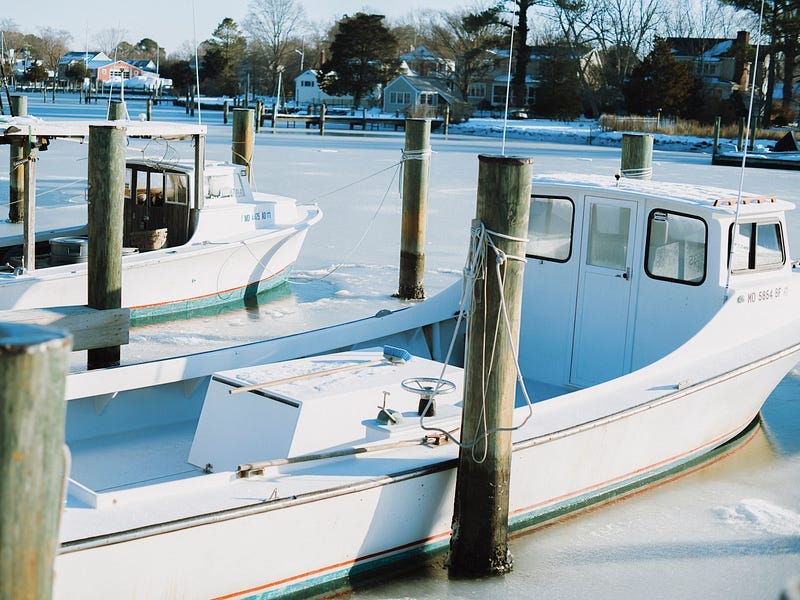

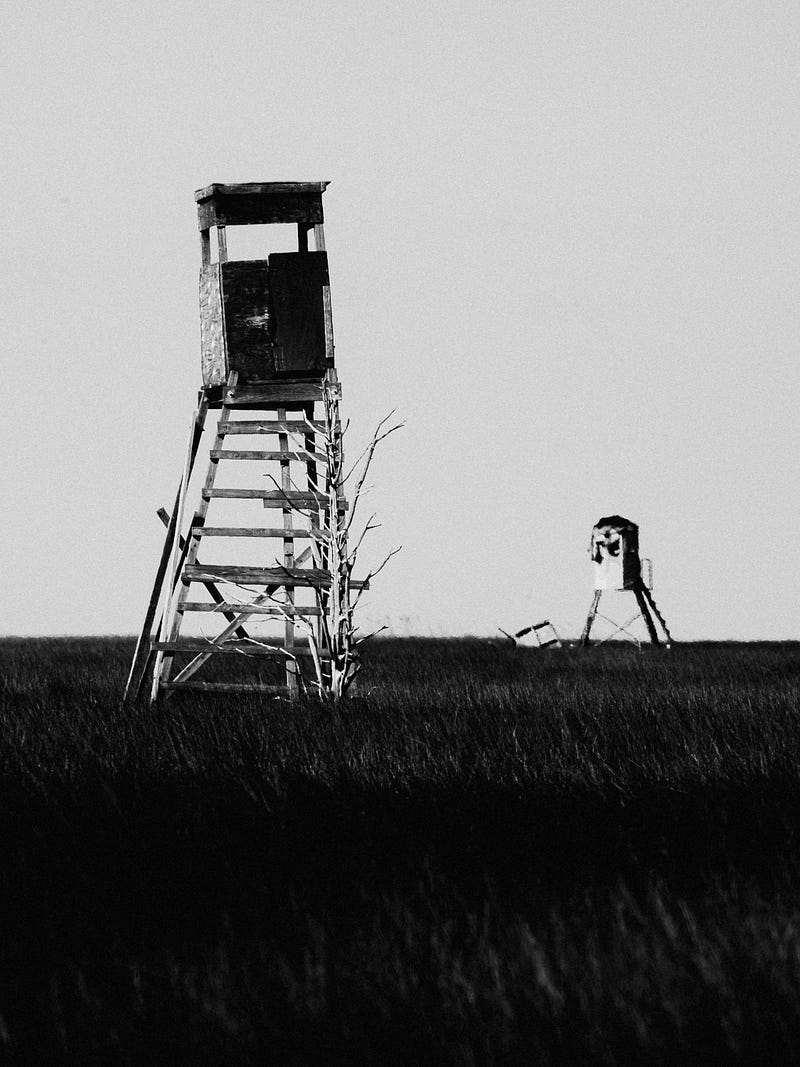
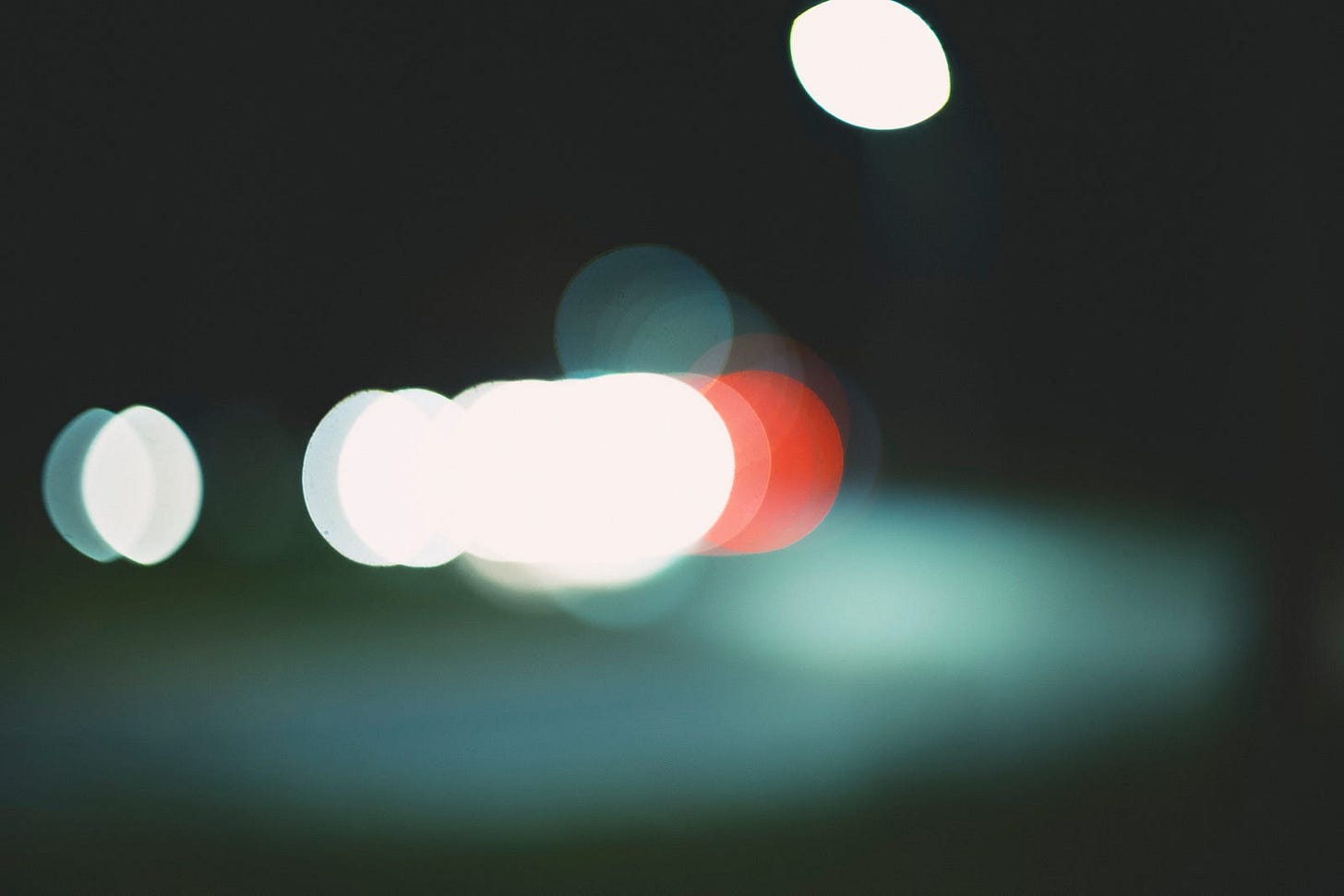

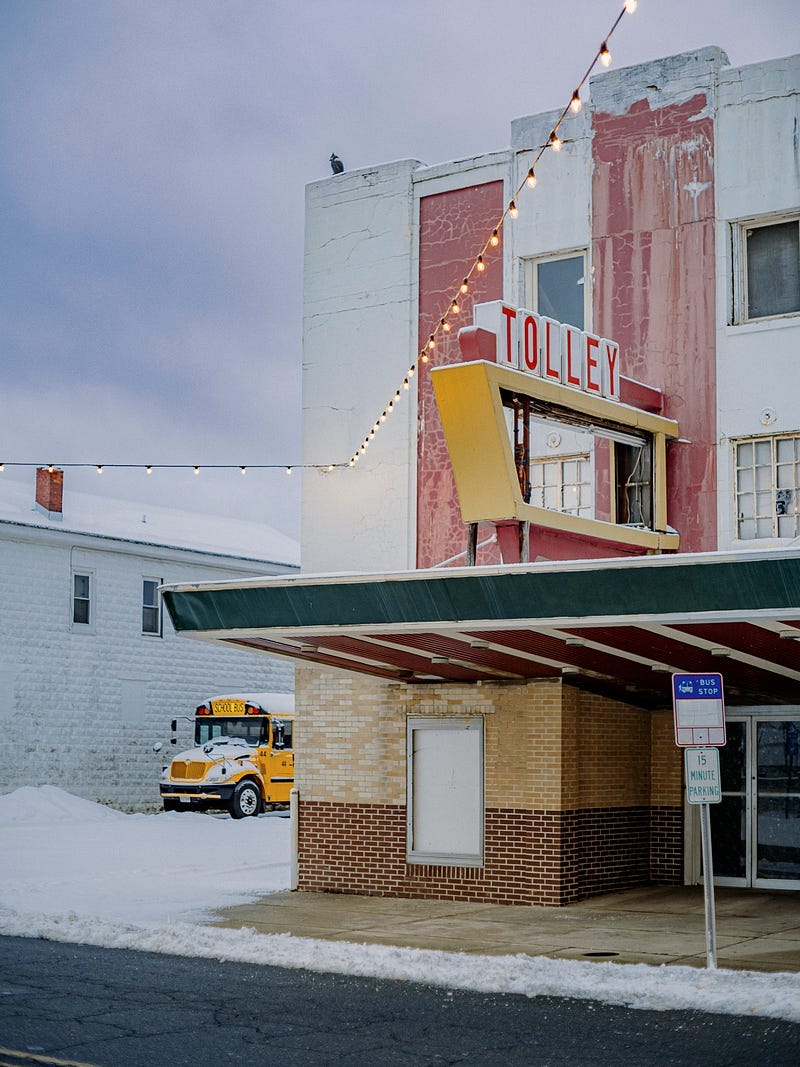
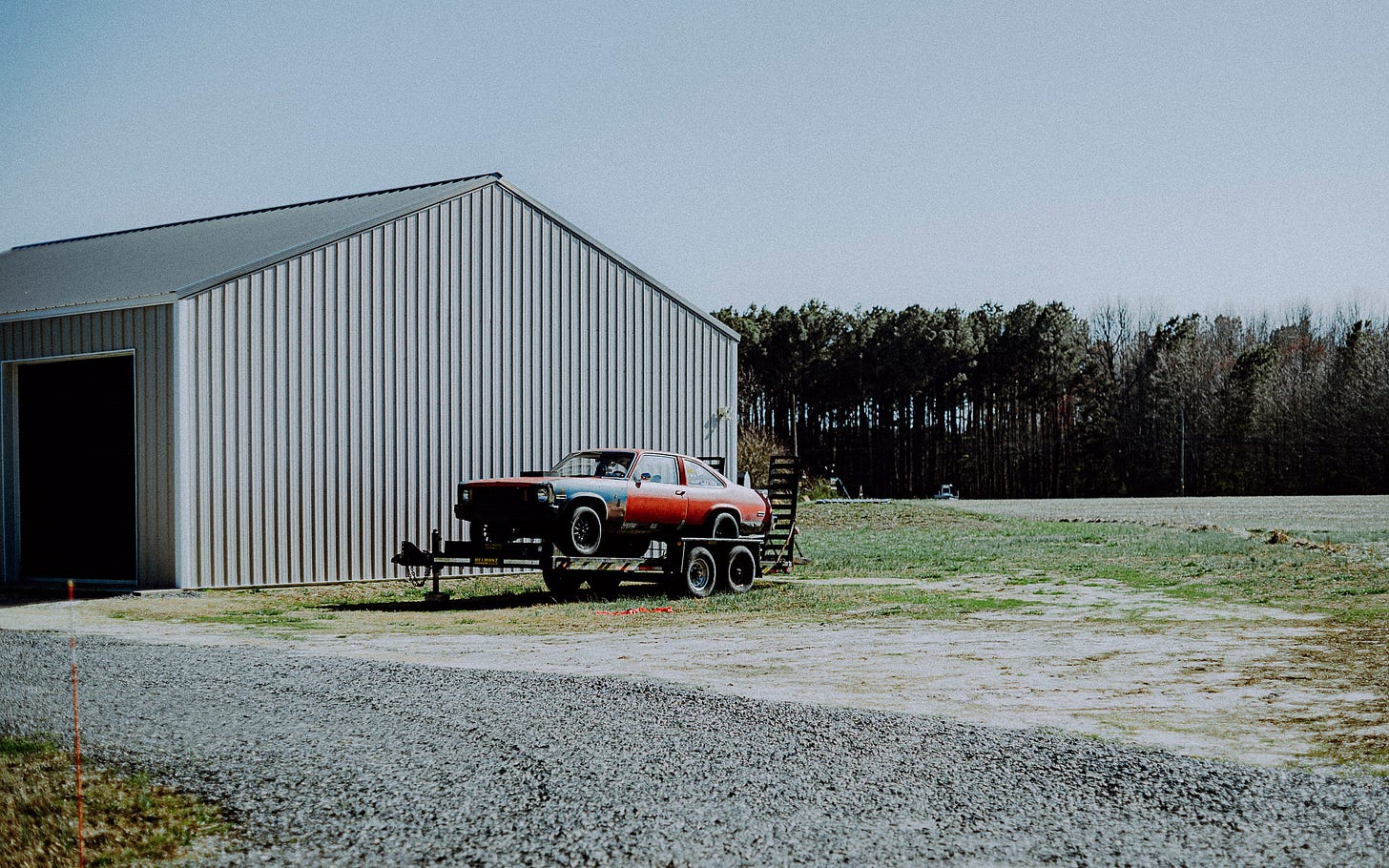
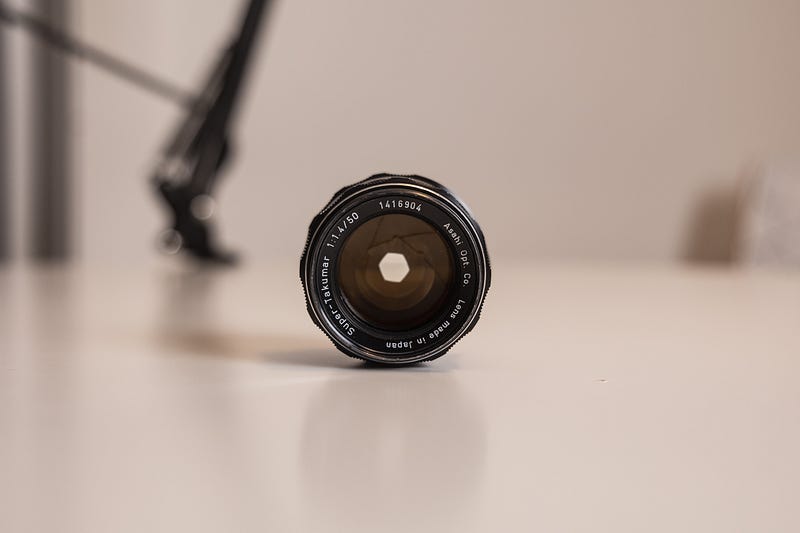
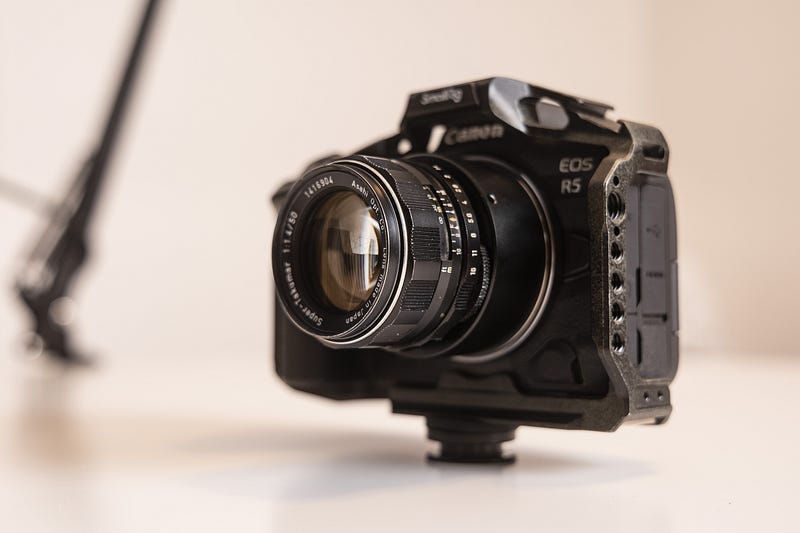
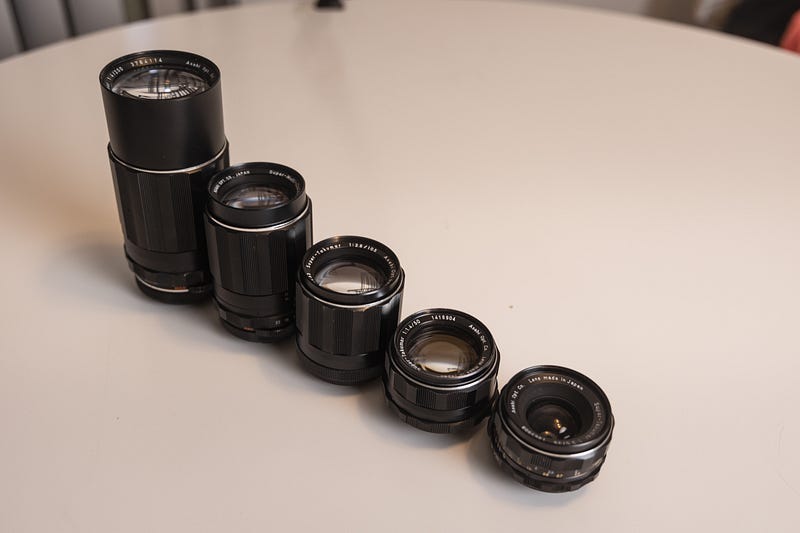
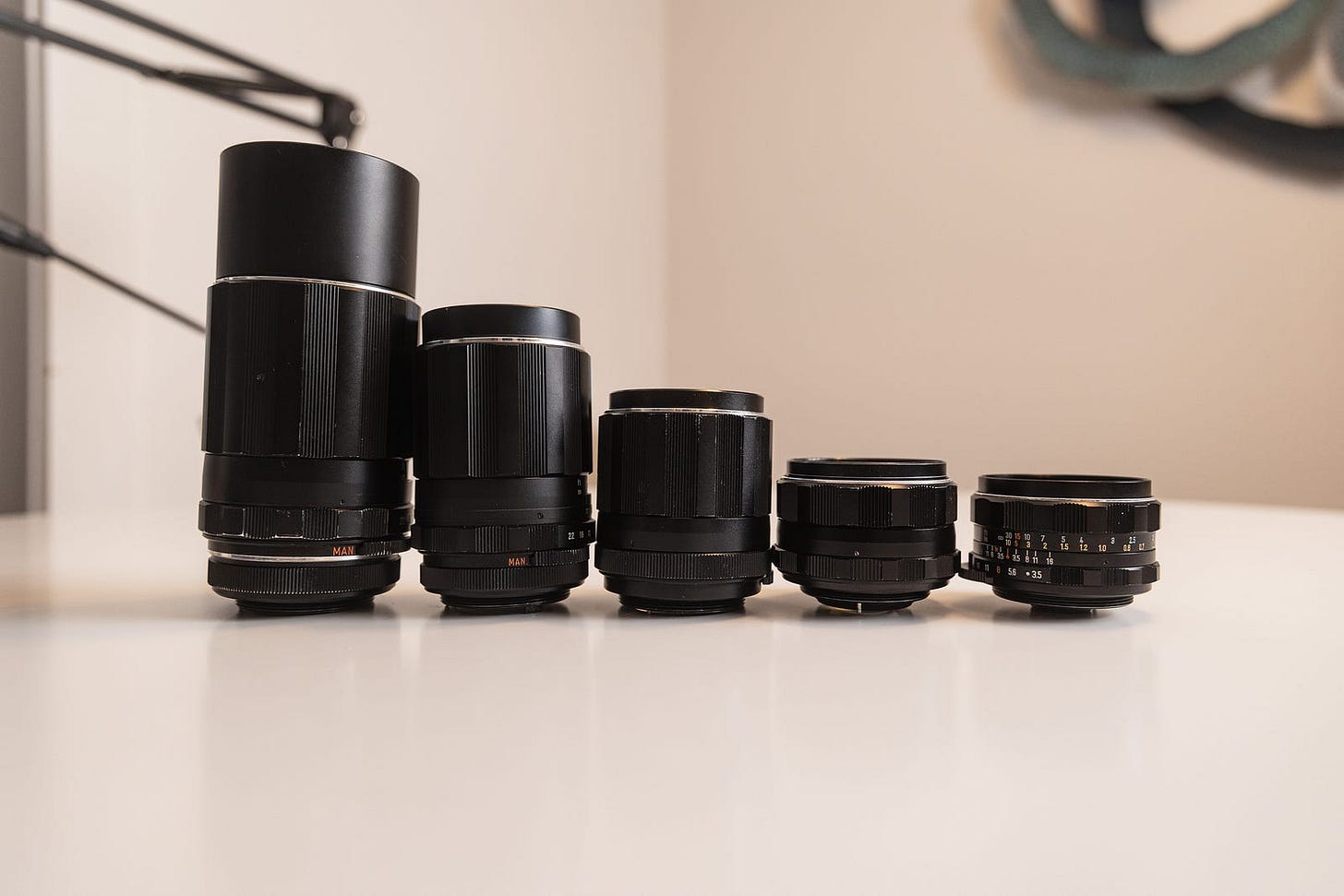
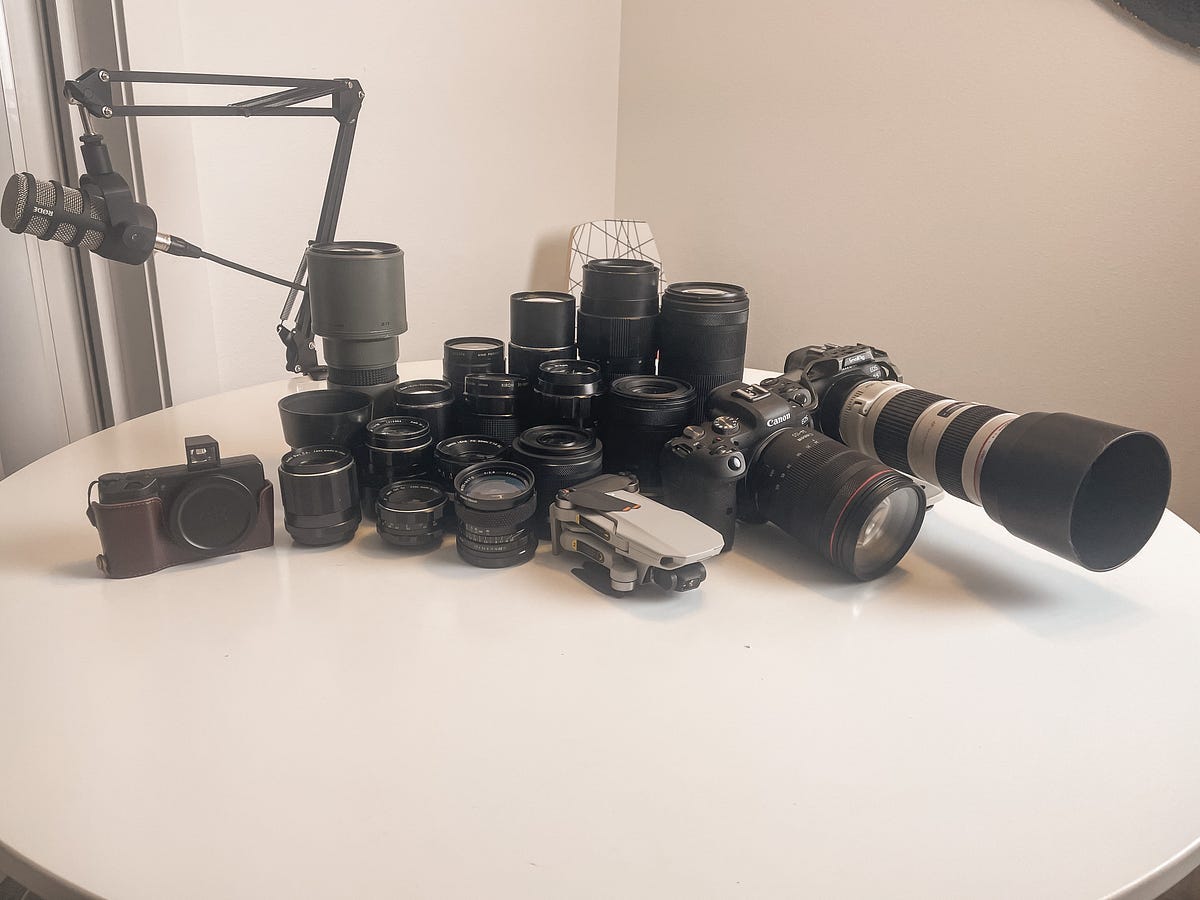
Up to $100 now? Dang. They were almost all free not too long ago... Lovely shots here. Cheers!